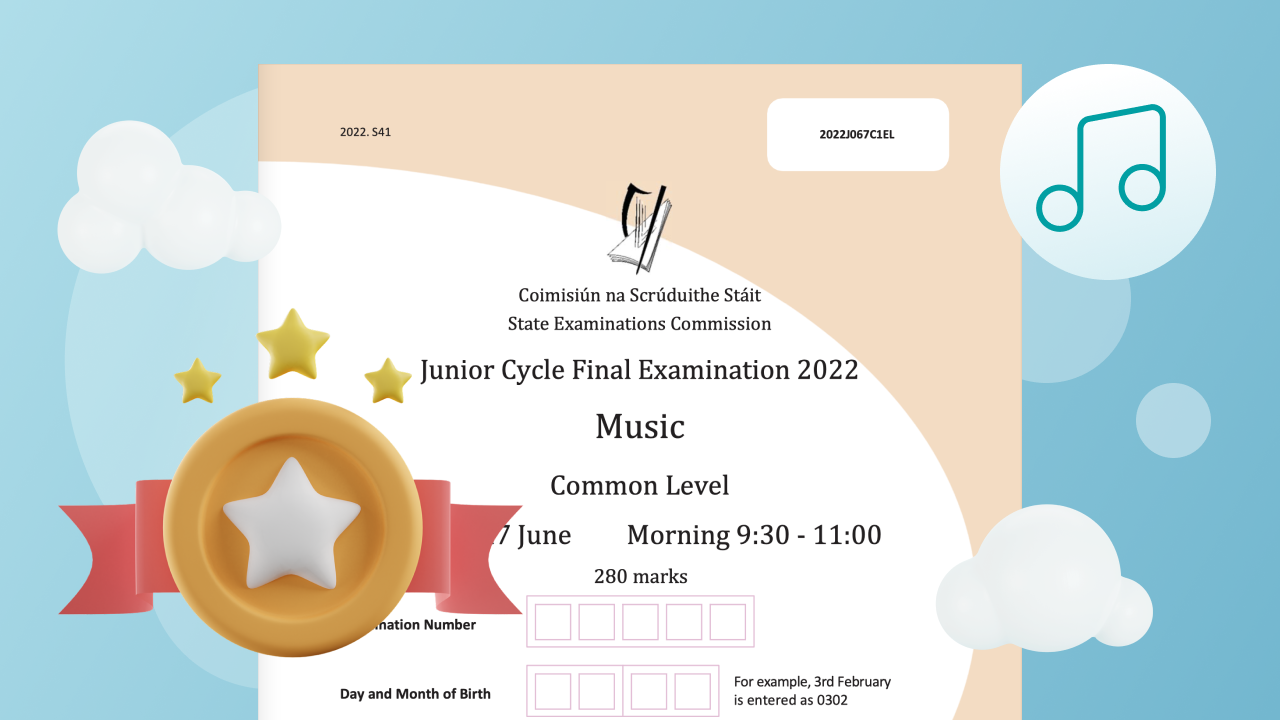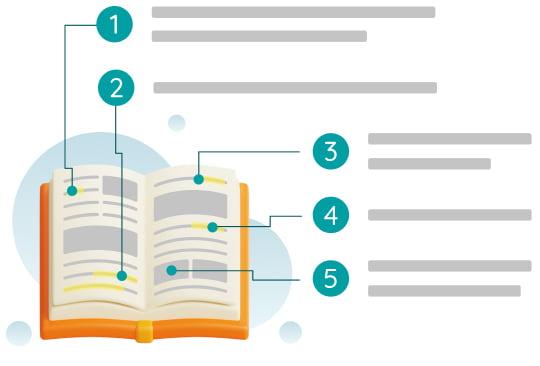Music is an exciting subject to study at Junior Cycle as it is fun, engaging and allows you to be creative. Music classes are different to other subject classes because there’s a lot of listening to music and who doesn’t enjoy listening to music, especially during the school day? Plus, there are plenty of performing and music-making opportunities with most music classes giving you the chance to learn a musical instrument as well. If you’re already learning an instrument or singing in a choir, your chances of doing well are even better.
Music at Junior Cycle is a subject that everyone can succeed at, no matter what level of musical talent you have. In the music exam, there are questions surrounding your listening skills, composing short jingles for radio ads, creating playlists and sharing music online. Music is already everywhere around us such as on our phones and in the computer games we play on social media. As a subject at Junior Cycle, it wants you to interact with that world of music actively.
The exam and your CBAs will test your ability to actively listen and recognise elements in all types of music and expect you to then take these skills to the next level by composing your own music. This guide will show you how to succeed at Junior Cycle Music so let’s get started.












